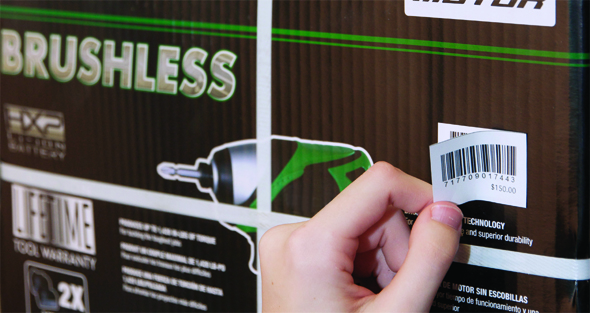Refund (or return) fraud is when dishonest employees or customers refund merchandise and then personally benefit from the return. While customers can try to submit a fraudulent return, employees will have easier access because they have more control over the return.
Common Methods of Refund Fraud
Employee steals merchandise and returns it for cash.
One common method of refund fraud is when a dishonest employee steals merchandise from the salesfloor and then returns it using false customer information. The employee then receives cash for a fictitious purchase. Even if the store requires the customer provide personal information when making a return, dishonest employees can easily make up false information.
Employee purchases product on sale, then returns it for full-price refund.
Employees know better than anyone when a sale period begins and ends. Using this method, dishonest employees will purchase merchandise on sale, then return it for a full-price refund after the sale ends.
Employee keeps receipt, then conducts fictitious refund.
Dishonest employees using this method will often keep the receipt from a legitimate transaction where the customer failed to ask for it. They will then use it to process a fictitious refund for cash.
Stealing at one store location and returning it to another location for cash.
This can be a problem when the retailer operates multiple store locations. Since the employee has access to the store’s shopping gabs, the transaction appears legitimate, even without a receipt.
Wear-and-return fraud.
While this type of employee fraud is more common in the apparel industry, it can take place in virtually any type of retail store. In the case of a hardware store, a dishonest employee would purchase a tool, use it, and then return it as if it had never been used.
How to Prevent Refund Fraud
- Have clearly defined merchandise return policies in place for both employees and customers.
- Gather information from customers returning merchandise, such as name, address, telephone number and driver’s license number.
- Always require a receipt with a return.
- Mandate that all returns be handled through the customer service counter if at all possible.
- If you have video surveillance cameras, periodically view a return to see if there is any suspicious activity.
- If possible, store managers should verify and approve returns before they are processed.
- Require all employees to have the store manager process any of their own personal return transactions.
- Cash refunds should only be made if the employee can prove they paid cash for the merchandise.
- If the purchase was made using a check, let the check clear before refunds are processed.
 Hardware Retailing The Industry's Source for Insights and Information
Hardware Retailing The Industry's Source for Insights and Information








